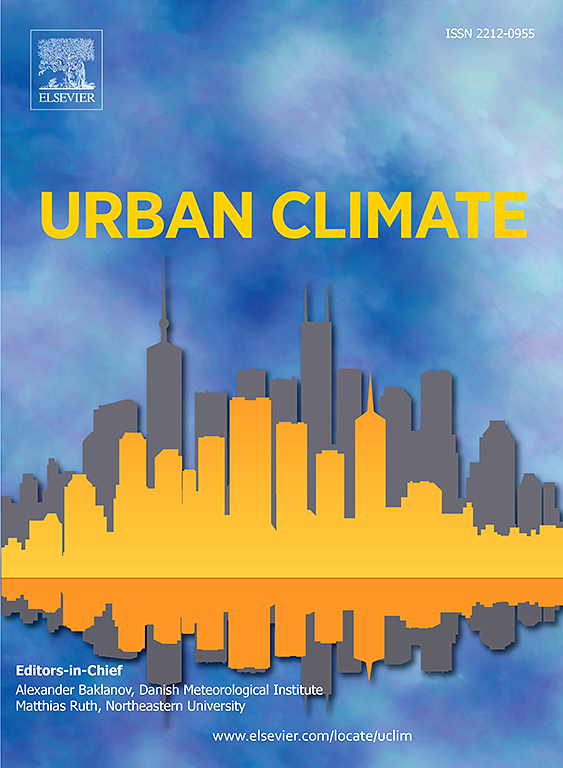XAI-driven assessment of urban circular carbon economy: Using China's pilot cities as a case study
IF 6
2区 工程技术
Q1 ENVIRONMENTAL SCIENCES
引用次数: 0
Abstract
The confluence of circular economy and carbon emission mitigation strategies has catalyzed the emergence of a concept called the Circular Carbon Economy (CCE). This study introduces a novel CCE evaluation framework targeting urban areas and employs Explainable Artificial Intelligence (XAI) to bolster transparency and interpretability. Through the application of big data mining techniques, key indicators were extracted from literature and policy documents to construct a multi-dimensional CCE evaluation system. This system was integrated with the Explainable Boosting Machine (EBM) model-a key XAI technique-to resolve the precision-interpretability trade-off prevalent in traditional models. The EBM-based framework achieves black-box-level accuracy while providing transparent decision pathways through feature importance quantification. Empirical validation with China's Circular Economy pilot cities demonstrates its applicability, offering a transferable paradigm for global urban CCE assessments. Our findings show that industrial solid waste utilization and the promotion of green buildings are the most critical drivers for advancing CCE in urban areas. The city rankings generated by the EBM model bolster the scientific validity and reliability of our framework. Moreover, the study uncovers significant regional disparities, with cities located in eastern and central China generally exhibiting higher levels of CCE development compared to their western and northeastern counterparts. Based on these insights, we propose three key recommendations-targeted development strategies, differentiated evaluation frameworks, and balanced regional development-to lay the theoretical groundwork and offer practical guidance for urban-level CCE development.

城市循环碳经济的xai驱动评估——以中国试点城市为例
循环经济和碳排放减缓战略的融合促进了循环碳经济(CCE)概念的出现。本研究引入了一种针对城市地区的新型CCE评估框架,并采用可解释人工智能(XAI)来提高透明度和可解释性。通过应用大数据挖掘技术,从文献和政策文件中提取关键指标,构建多维度CCE评价体系。该系统与可解释增强机(EBM)模型(XAI的关键技术)相结合,解决了传统模型中普遍存在的精度与可解释性权衡问题。基于ebm的框架实现了黑盒级别的准确性,同时通过特征重要性量化提供了透明的决策途径。中国循环经济试点城市的实证验证表明了其适用性,为全球城市CCE评估提供了可转移的范式。我们的研究结果表明,工业固体废物的利用和绿色建筑的推广是城市地区推进CCE的最关键驱动因素。EBM模型生成的城市排名增强了我们框架的科学有效性和可靠性。此外,该研究还揭示了显著的地区差异,中国东部和中部城市的CCE发展水平普遍高于西部和东北部城市。在此基础上,本文提出了针对性发展战略、差别化评价框架和区域均衡发展三大建议,为城市层面CCE发展奠定理论基础和实践指导。
本文章由计算机程序翻译,如有差异,请以英文原文为准。
求助全文
约1分钟内获得全文
求助全文
来源期刊

Urban Climate
Social Sciences-Urban Studies
CiteScore
9.70
自引率
9.40%
发文量
286
期刊介绍:
Urban Climate serves the scientific and decision making communities with the publication of research on theory, science and applications relevant to understanding urban climatic conditions and change in relation to their geography and to demographic, socioeconomic, institutional, technological and environmental dynamics and global change. Targeted towards both disciplinary and interdisciplinary audiences, this journal publishes original research papers, comprehensive review articles, book reviews, and short communications on topics including, but not limited to, the following:
Urban meteorology and climate[...]
Urban environmental pollution[...]
Adaptation to global change[...]
Urban economic and social issues[...]
Research Approaches[...]
 求助内容:
求助内容: 应助结果提醒方式:
应助结果提醒方式:


